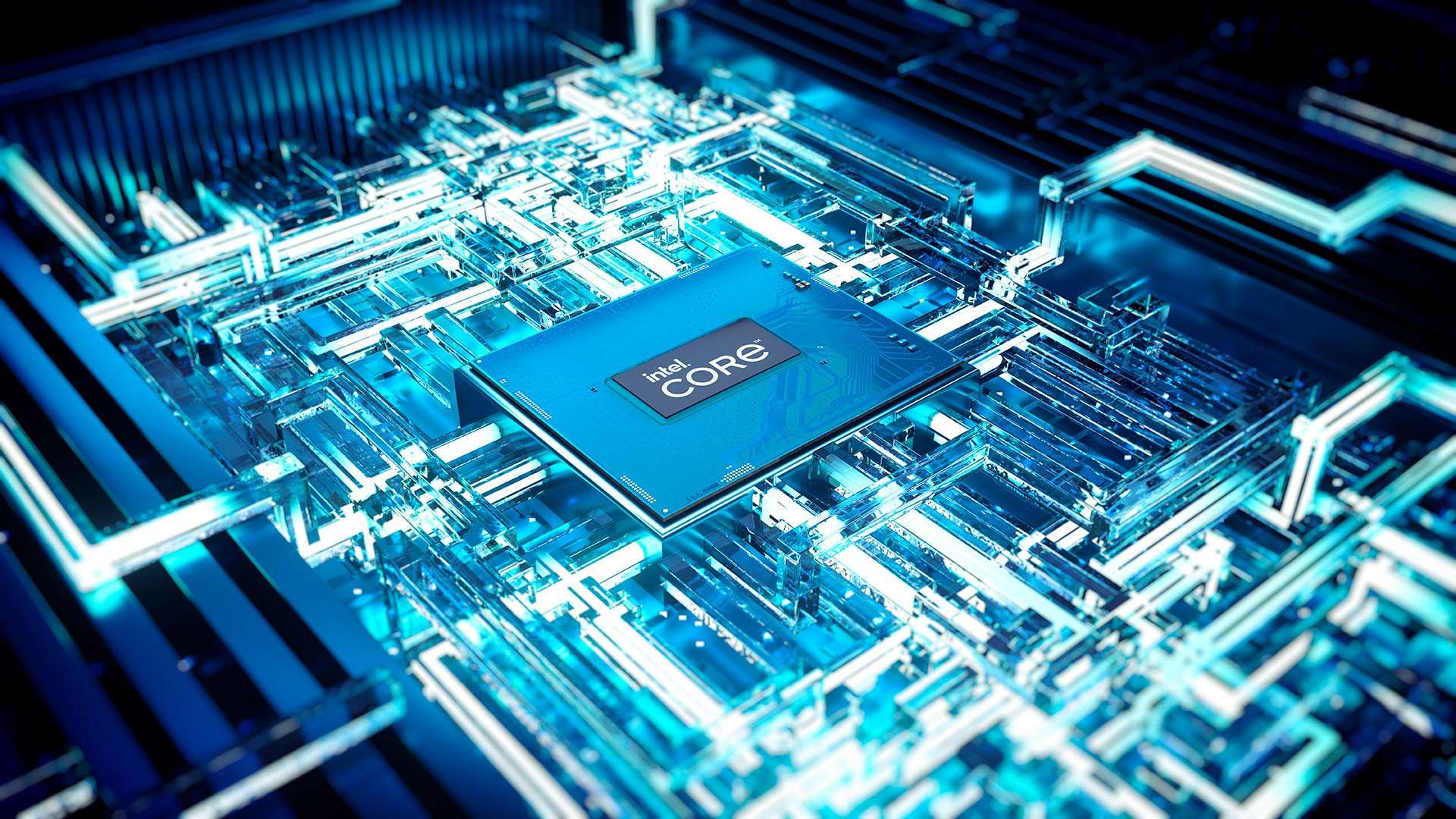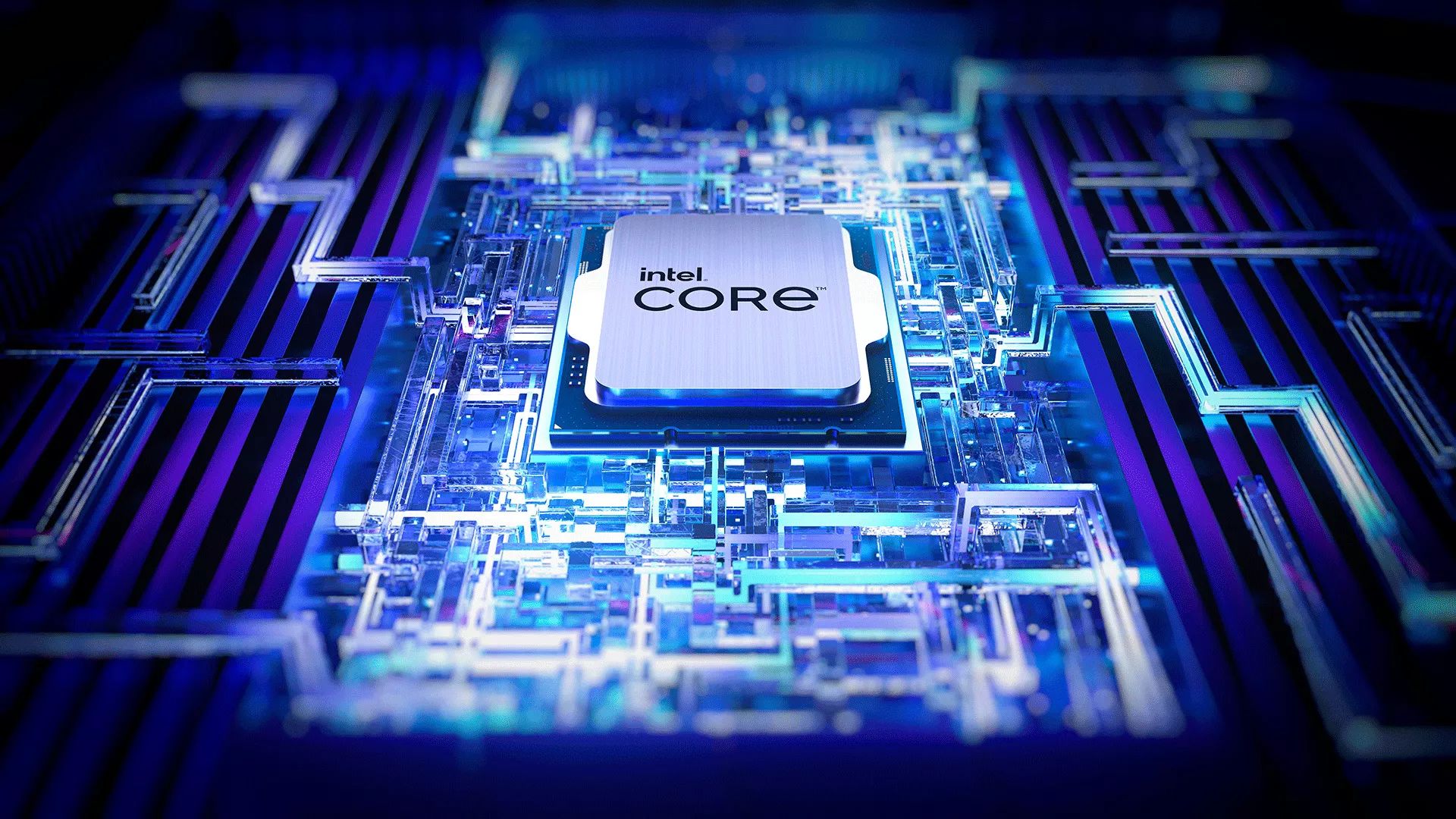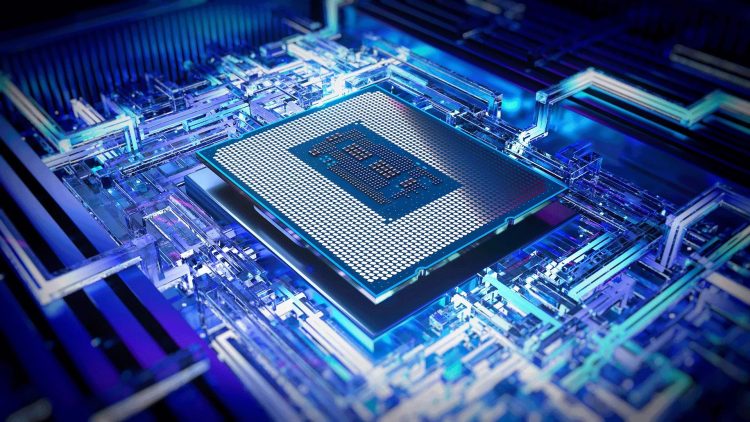Recently, the tech community has been abuzz with reports of stability issues plaguing Intel’s 13th and 14th generation processors, particularly the high-performance i9 13900K and i9 14900K models and their KS equivalents.
Users have encountered severe problems, including game and application crashes, and the dreaded Blue Screen of Death (BSOD). These issues are primarily linked to the processors’ inability to effectively manage automatic overclocking, overwhelming the CPUs as they attempt to maintain all core speeds above 5GHz and single core speeds above 6GHz.
For years, Intel has allowed motherboard manufacturers significant leeway in setting power limits to boost performance. However, this freedom has seemingly backfired with the latest CPU generations, resulting in pushed boundaries and escalating stability concerns. Intel is now tightening reins, urging motherboard makers to adopt standard power settings by the end of May to curb these issues.
BIOS updates and motherboard manufacturers’ response
In a bid to address these stability woes, motherboard makers have introduced a basic power profile within their BIOS setups. Although not enabled by default initially, this profile will soon become the standard setting for motherboards shipped post-May 31, as well as in BIOS updates available on support sites thereafter. This adjustment is expected to mitigate the overpowering and turbo settings that have contributed to the CPUs’ instability, albeit at the cost of some performance degradation.
Despite the potential for reduced performance, these changes are likely to enhance the marketing appeal of the current i9 chips, especially in comparison to Intel‘s upcoming Arrow Lake CPUs, slated for release at year-end. This shift could also spark further testing and evaluation within the tech community.
While this adjustment might slightly diminish performance, it aims to eradicate the instability caused by excessive power and turbo settings. An additional benefit of this new standard is the reduction in cooling requirements. From personal observation, I can attest that both my 13900K and 14900K chips can hit a scorching 100 degrees Celsius before the AIO cooling fans can adequately respond.

With Intel’s new Arrow Lake CPUs on the horizon, set for release at the year’s end, these changes will not only improve the current i9 chips’ standing in marketing comparisons but will also prompt further testing and evaluation within the technology community. This proactive approach by Intel reflects a commitment to excellence and reliability, prioritizing long-term stability over short-term performance peaks.
The underlying issues and market implications
The root of the problem lies in the aggressive multi-core boost settings and increased power consumption limits that motherboard manufacturers have historically employed. These features, designed to maximize system performance, have inadvertently led to substantial stability issues, particularly highlighted in recent months with the 13900K and 14900K processors. Intel’s acknowledgment of these issues came at an important turning point when Intel Communications Manager Thomas Hannaford initiated a discussion on Intel’s Community Product Support Forums about stability concerns under certain loads. This was a pivotal moment, as it was the first instance of Intel publicly recognizing the problem.
Motherboard manufacturers have since been on a quest to recalibrate their approach. The introduction of new BIOS profiles labeled “Intel Baseline” or similar suggests a shift towards stability, promising system reliability at the expense of peak performance. However, these settings are not yet the default for high-performance motherboards, indicating that users desiring stability must manually adjust their BIOS settings.

Balancing performance with stability
The ongoing adjustments by Intel and motherboard manufacturers represent a crucial evolution in the tech industry. As more information is anticipated to be released in May, both users and industry analysts are keenly observing how this balance between performance enhancement and system stability will unfold. The steps taken towards ensuring more stable systems could significantly impact consumer confidence and reshape market dynamics, potentially favoring brands that offer both high performance and reliability.
The industry stands at a crossroads where continued innovation and a user-centered approach are more crucial than ever. The outcome of Intel’s and motherboard manufacturers’ current endeavors could very well set a new benchmark in the technology sector, influencing future product development and market strategies. All eyes remain on how these entities will navigate this challenge, striving to meet user expectations while addressing the inherent complexities of high-performance computing.
Featured image credit: Intel





